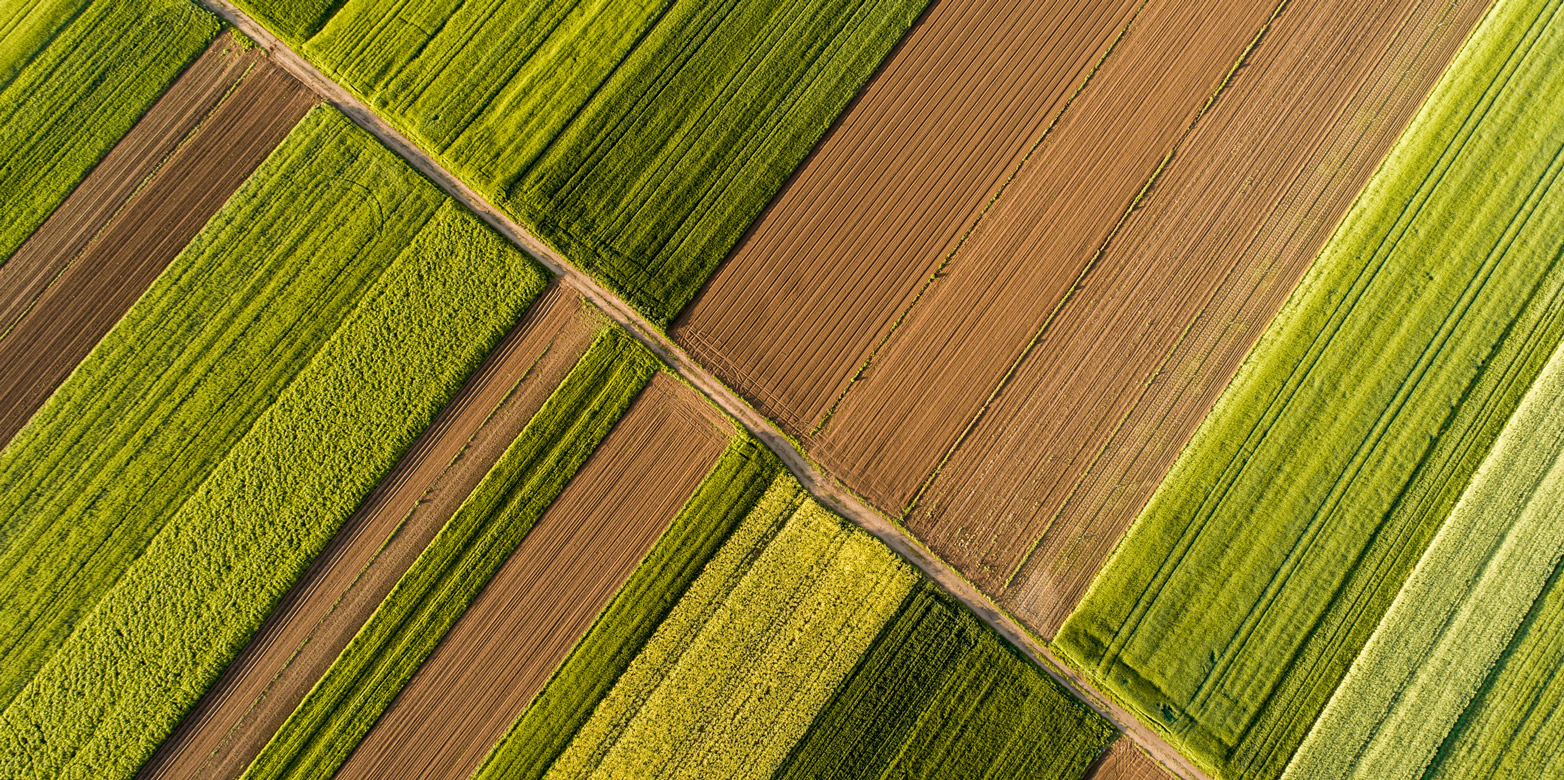Organic farming drives sustainable agriculture
Organic production is not a silver bullet, argues Adrian Müller, but it can play an important role in sustainable food systems with the right set of policy interventions.
The future of farming has to look different from farming today. Tremendously different. Otherwise, we will risk losing even more biodiversity, continue with polluting water bodies, driving erosion and running down soil fertility. And we will never reach the UN’s Sustainable Development Goals (SDGs), many of which directly relate to agriculture1.

How we should transition to sustainable food systems is subject to heated and polarized debates. Proponents of agroecological production systems such as organic agriculture highlight the environmental benefits of these systems and argue that only those can lead to the necessary changes. Proponents of intensive production systems emphasize the need for high yields to spare land and assure food security for an ever increasing population and argue that extensive systems cannot be sustainable due to their higher land use.
We need to overcome such polarized debates. Focusing on policy interventions to support the SDGs rather than on farming systems can help.
Four groups of policy interventions
- In a recent Comment in the journal Nature Sustainability2, we discuss four groups of policy interventions for a transition to more sustainable food systems (Fig. 1).First, policy makers can support alternative production systems such as organic agriculture. This support can take the form of direct payments, providing training and knowledge transfer, and funding research. The aim is not to achieve full coverage with any one alternative system, but to best utilize their potential and to further develop them as showcases of sustainable agriculture.
- Second, enhancing consumer awareness of sustainability in agriculture together with retailers’ commitment to offer such products could stimulate demand for more sustainable products.
- Third, certain instruments could trigger improvements in all types of agriculture, with key levers being reducing pesticide use and nitrogen inputs from outside regional ecosystem boundaries. Taxes on pesticides and taxes on mineral fertilizers, on nitrogen in imported feed and biomass could all contribute to this.
- Fourth, government and industry could raise legal requirements and industry norms, e.g. by banning particularly hazardous substances and practices.
A flexible way to more ecology
These approaches are flexible in the sense that they do not exclusively support organic farming, integrated production, precision farming or any other single system. All of these approaches can find their place in such a policy landscape as long as they show decent sustainability performance. For example, any system with low nitrogen inputs would benefit, while even an organic system would be put at a disadvantage if it had high external nitrogen inputs.
«Governments must also abandon inconsistent policies such as simultaneous subsidies for pesticides and biodiversity.»Adrian Müller
Organic agriculture as the most prominent alternative farming system can play a special role in this. Its long experience regarding the development of the institutions needed to grow as an alternative system can inspire all four groups of policy interventions, be it related to direct support, consumers, gradual improvements or legal requirements and bans.
Organic agriculture as a blueprint
When designing their sustainability policies, governments should only support agriculture and food systems that deliver on the SDGs. And they should abandon inconsistent policies such as subsidizing pesticides and fertilizers while also subsidizing biodiversity protection. The ongoing discussion of Switzerland’s future agricultural policy AP 22+ offers us precisely such an opportunity3. One of the debate’s central points is how to provide consistent and effective support to production systems that are adapted appropriately to their locations and do not exceed the ecosystem’s carrying capacities.
The policy context is challenging, though, given the powerful vested interests of agribusiness, food companies and commodity-related interest groups. Scientists, farmers, policymakers, businesses and civil society organizations need to align and pull these powerful players along to really make the future of farming look different than farming today. Tremendously different, otherwise in 2030 we’ll be facing another type of SDGs: Sustainable Development Gaps.
Visit our webinars
The authors of this blog and the corresponding article 2, together with Helvetas and the World Food System Center, organize a number of webinars on “coherent policies driving sustainable food systems” involving policy makers:
e.g. on May 16 with Bernard Lehmann, Director, Swiss Federal Office for Agriculture and Neeraja Adidam, Joint Secretary Agriculture, Ministry of Agriculture & Farmers Welfare, India.
References
1 UN: external pageThe Sustainable Development Goalscall_made. Examples are SDG 1 “No Poverty”; SDG 2 “Zero Hunger”; SDG 6 “Clean Water and Sanitation”; SDG 12 “Responsible Consumption and Production”; or SDG 15 “Life on Land”. See also this blog post.
2 Eyhorn F, Muller A, Reganold J, Frison E, Herren H, Luttikholt L, Müller A, Scialabba N, Seufert V, Smith P (2019), external pageOrganic farming drives sustainability in global agriculturecall_made, Comment in Nature Sustainability 2:253-255. Read-only external pageaccesscall_made without restriction.
3 The Swiss Agricultural policy 2022: external pageAP 22+call_made (in German)
